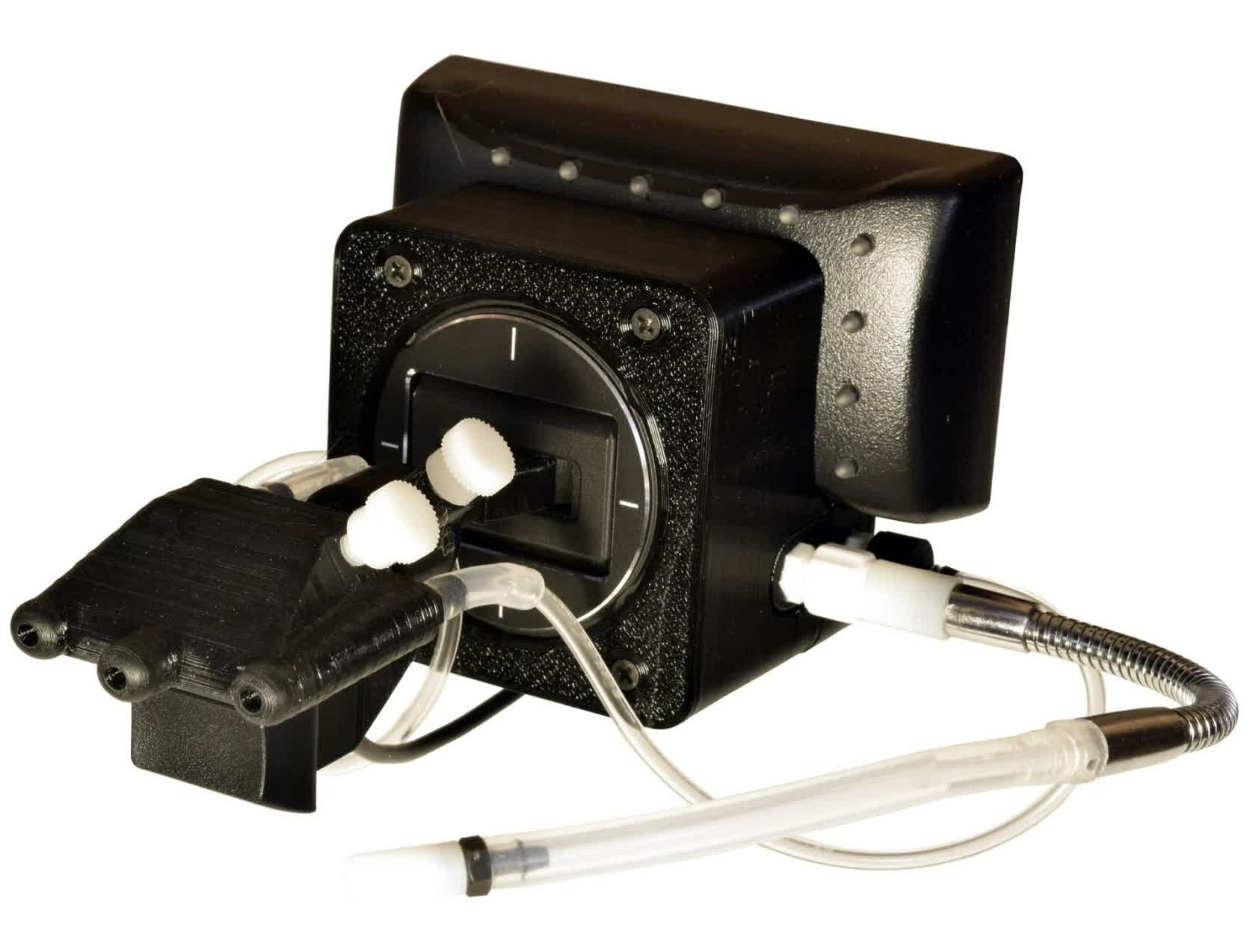Forward-looking: Neuralink's recent update on its second study participant, identified as Alex, provides more promising results for potential recipients who have lost the ability to interact with the world around them. According to the update, Alex was able to interact with an on-screen cursor within minutes of his first connection, and within hours, he surpassed his previous levels of speed and accuracy in Neuralink's Webgrid task – levels that he had achieved using traditional assistive technologies.
Since its announcement back in February, the Neuralink PRIME study has been investigating and evaluating the safety and efficacy of brain-computer interface (BCI) devices, along with the associated BCI software, surgical robots, tools, and procedures required to successfully deliver the implants. Earlier this week, the company released an update on its second participant, highlighting his resounding success and ability to break existing BCI world records on his first day using the newly implanted device.
Prior to a spinal cord injury that left him quadriplegic, Alex was a former FPS enthusiast and automotive technician, working with his hands to build, fix, and design tools, vehicles, and other machinery. After his accident, he was limited to interacting with a computer to play games such as Counter-Strike 2 through the use of a specific game controller for quadriplegics known as the Quadstick.
This mouth-operated joystick features pressure sensors and lip position sensors for clicking. Unfortunately, its single joystick design limits users to either moving or aiming at any given time, requiring the user to switch between the two by letting go of the joystick and using a straw to signal specific functions by sipping or puffing air.
Using his new Neuralink implant in conjunction with the Quadstick, Alex was able to fully interact with the game once again, simultaneously moving, aiming, and shooting without having to stop one action to initiate another. Instead, he simply thinks about where he wants to aim, and the implant interprets his request, providing the appropriate in-game inputs.
Alex's response to his newfound capabilities speaks for itself and has undoubtedly surpassed his expectations. "Just running around is so enjoyable because I can look side to side, and not need to move the Quadstick left and right… I can [think about where to] look, and it goes where I want it to. It's insane."
Gaming isn't the only benefit of the implant's newly restored abilities. It also allowed Alex to once again pursue interests in computer-aided design (CAD), a task that was previously extremely challenging due to the technological limitations of the Quadstick and other assistive devices.
On just the second day of using his Neuralink implant, Alex successfully used Fusion 360 to design a custom mount for his Neuralink charger. The design was later 3D printed and integrated into his physical setup. The Neuralink team stated that they are continuing to work with Alex to map intended movements to different types of mouse clicks, expanding the number of available controls, and enabling him (and future users) to quickly switch between various modes and functions within the CAD software.
The Neuralink update also outlines some of the lessons learned and mitigations put in place based on observations of the PRIME study's first patient, Noland Arbaugh. Following Arbaugh's implant, the discovery of some implant thread retractions temporarily reduced his overall BCI performance. Fortunately, the reduction was temporary, with the threads later stabilizing and performance recovering.
These observations allowed the Neuralink team to reduce the potential for retraction in Alex's implant by implementing mitigations, including reducing brain motion during surgery and minimizing the gap between the implant and the brain's surface. So far, Alex has not experienced any similar retraction-related performance issues.
The ability to interface with computers and the world around us using only our minds used to be the stuff of science fiction. But given the successes and ongoing advancements in implementation, it looks like Neuralink is inching ever closer to making the dream of seamless human-machine interaction a reality.

